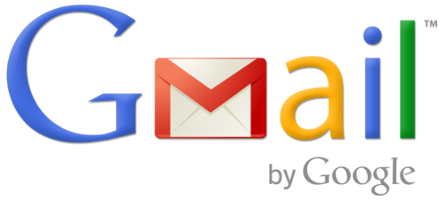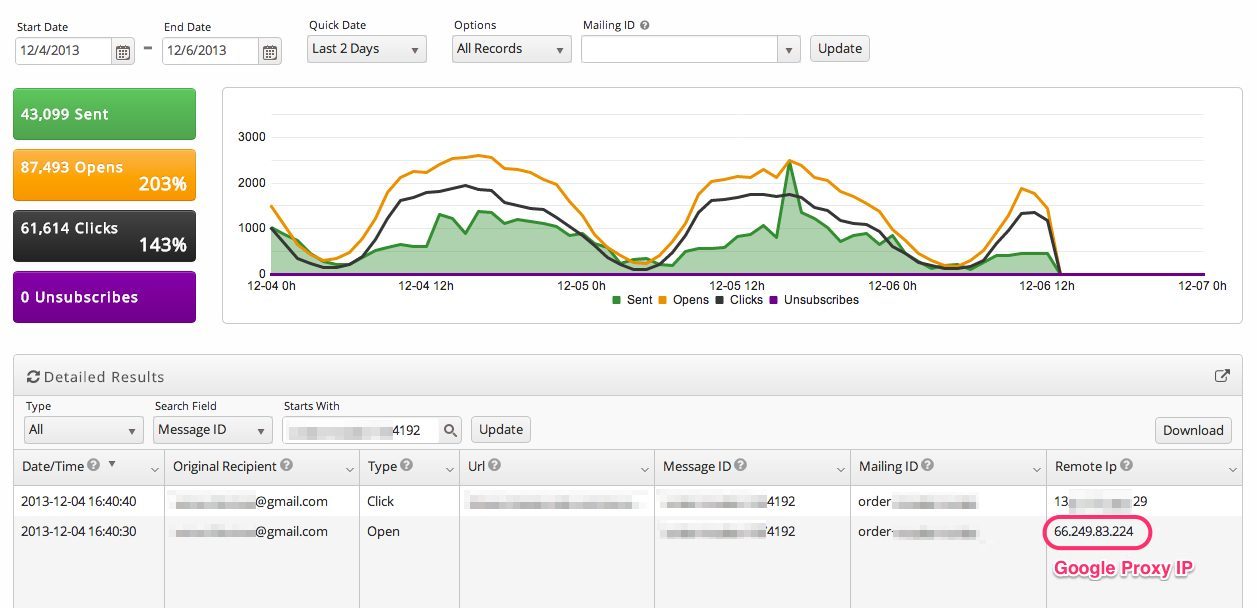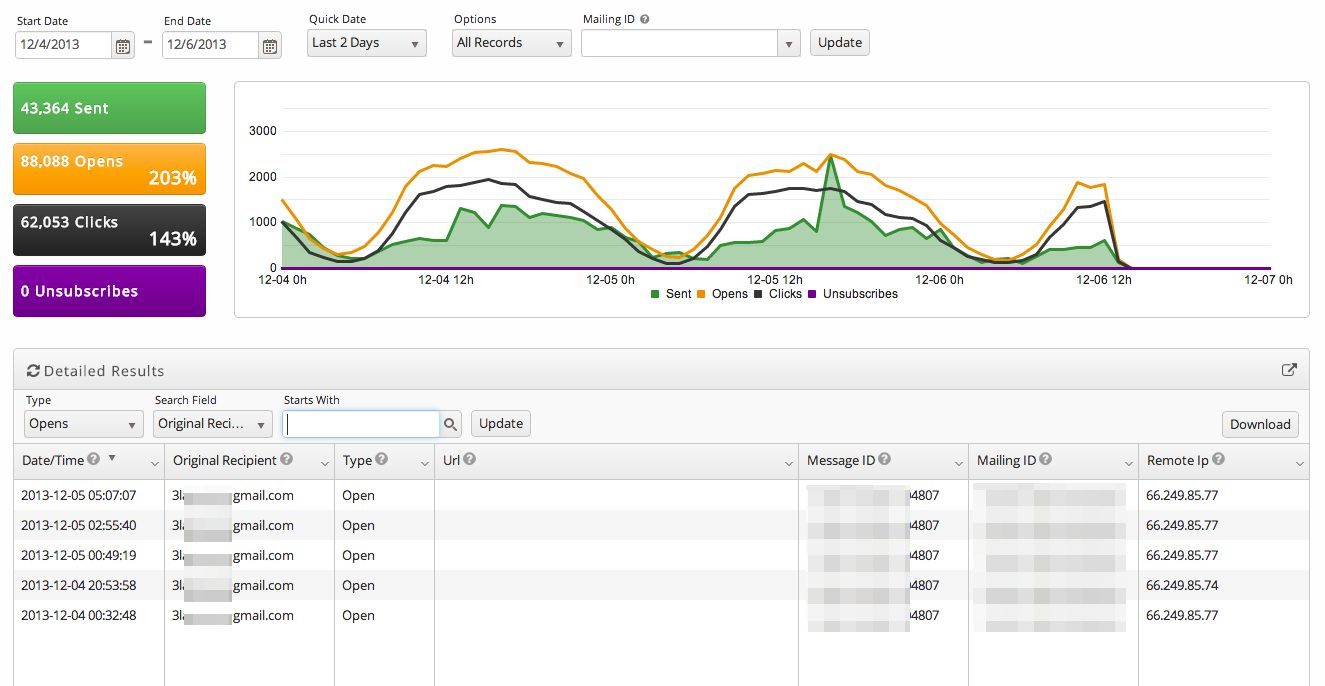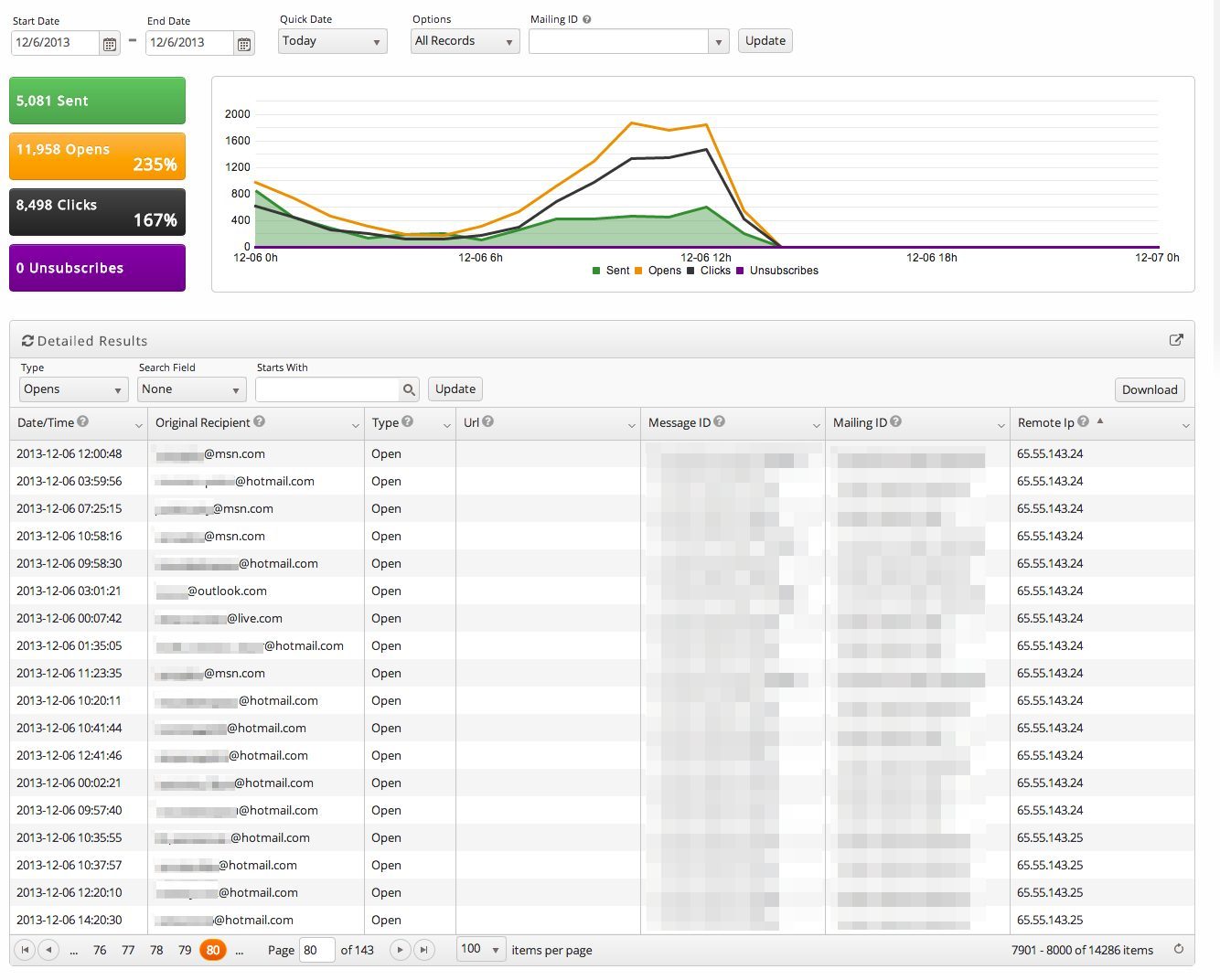Over the last few days we’ve noticed some interesting changes in email open related data. It turns out to be the result of changes to a particularly popular email client. Google has made some modifications to how some of their official clients handle retrieving and displaying images. The good news is that the changes will have little effects on SocketLabs On-Demand customers because of the intelligently designed methods we employ to track message opens.
So what exactly did Google change? In the past when you opened an email message in one of Gmail’s official clients the device itself went out to the server(s) that stored the images and requested them directly. Now an intermediary proxy and caching server acts as a middle man between the client’s request for the images and the web server providing them.
Here in the screenshot above you will see when we inspect the network traffic of an email message in Gmail requests for images are being redirected to [https://*.googleusercontent.com/proxy/*]. It is also important to note that in this example the email message is over a year old. This means that image URLs are not being changed upon delivery, but rather on-the-fly in the client itself.
So how does this affect opens and open rates? For SocketLabs On-Demand clients there will be little to no change in the engagement/open data we provide. Unlike other service providers scrambling to fix the tracking methods, our users will only notice one major difference. The difference is the IP in which email opens originate from for Gmail addresses using official clients.
Here is a screenshot of a SocketLabs server where the the IP address of a Gmail user changes between a recorded open and then click.
There is some concern that with Google’s proxy service acting as a middleman, there is more likely a chance that opens after the initial load could be missed because of caching. Our data does not show major declines in message opens. It appears if any caching is being performed by Google it is only for a short period. Below is a screen shot of a user opening the same message over 5 times in the last two days. All of the opens are being recorded as originating from Google’s proxy servers.
Why does this even matter? Well the biggest side effect is that IP based geolocation data will now be inaccurate so attempting to target users geographically is now much more difficult. Serving up customized images may also be a bigger challenge if long periods of caching are performed by Google’s proxy servers.
Is there anything else to consider? It is important to understand that these changes only affect messages being read in one of the official Gmail clients. This includes the web client [ https://gmail.com ], as well as the Android and iPhone clients. Users reading messages in Mail.app on iPhone or any other third-party client will not be affected.
Finally, while these recent changes seem to be causing and generating a ton of buzz few realize that other major service providers including Microsoft (Outlook/Hotmail/Live/MSN) have been doing this for quite some time. In this screenshot you can see message opens for hundreds of Microsoft managed domains to originate from the same IP address. Our own internal tests confirm image opens in Hotmail originate from Microsoft and not from the device itself.
If you have any questions about these changes our Email Deliverability experts are here to help. Just give us a call or email them at [email protected].












